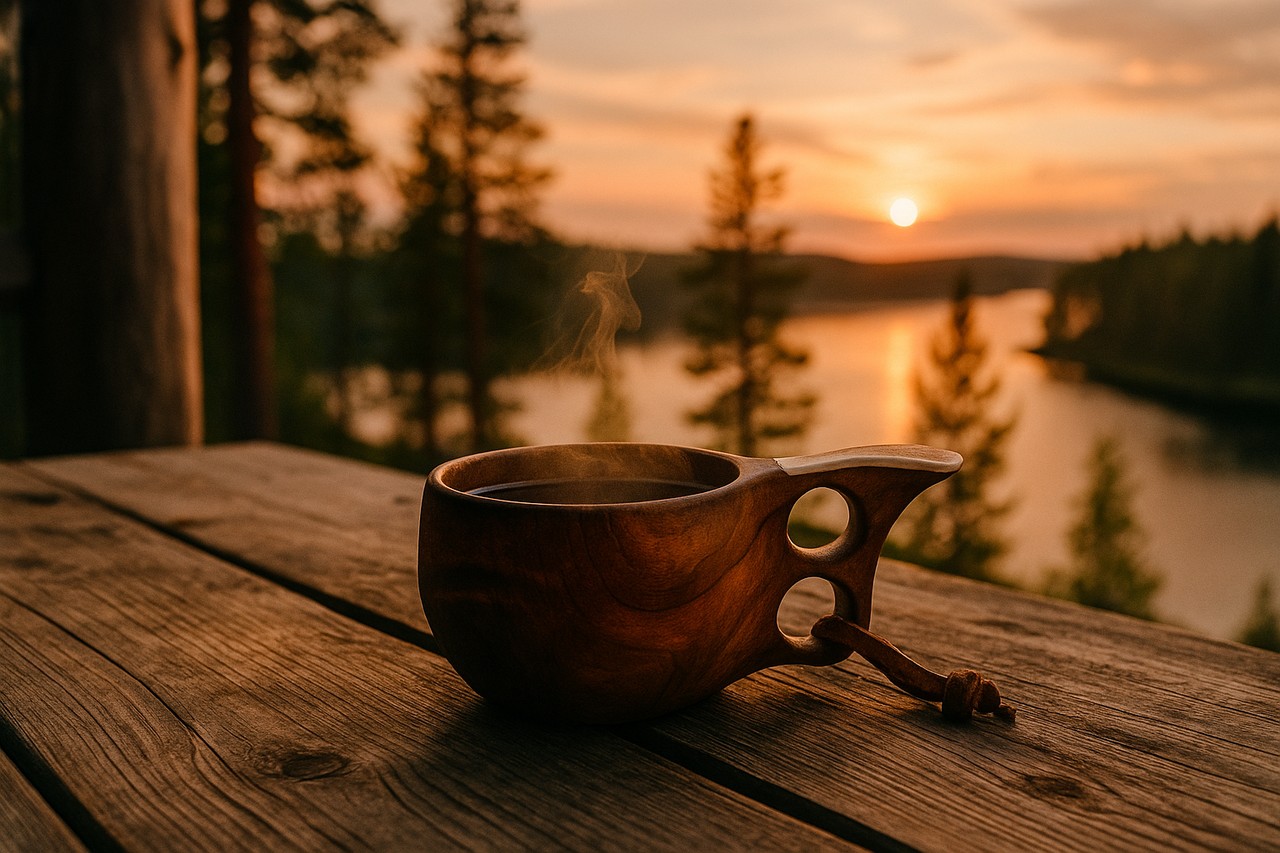Birch burl, a rare and precious wood

The birch burl is a growth that grows on the trunk or branches of the birch tree. This growth is highly sought after for making wooden objects because it has a unique appearance, combining knots, swirls and eye-shaped patterns.
A burl forms on the trunk or branches of a tree as a result of genetic mutations in the tree or as a result of injury or disease. It is these interactions that form particular patterns in the wood.
Data sheet of the birch burl
You will find all the information you need to help you understand and use birch burl wood. We have compiled the characteristics, specifications and information of this exceptional wood.
| Characteristic | Description | |
|---|---|---|
Common name | Birch burl | |
Scientific name | Betula pendula | |
Type | The birch burl appears on silver birch, a tree of the Betulaceae family with deciduous leaves, i.e. a tree that loses its leaves in the fall and grows back in the spring. | |
Wood color | Birch burl wood varies in color depending on the burl and the location of the burl. In general the burls vary from light to dark brown with shades of yellow and red. | |
Form | The birch burl is most often round or oval in shape. | |
Size | The size of the burl varies greatly depending on the age and living conditions of the tree on which it grew. It can vary from a few centimeters to several meters. | |
Appearance | The exterior of the birch burl is bumpy and full of craters. More information about the appearance of the birch burl. | |
Hardness | Hard, dense wood that resists water and stains. More information on birch burl wood. | |
Availability of the birch burl | ☆☆☆☆☆ | |
Price of the birch burl | ★★★★★ |
Description of birch burl wood
Take a closer look at the features and uses of birch burl, as well as its history and benefits as a craft and decorative material.
The regions of the world where to find birch burl

Since the burl grows on the trunk or branches of the birch tree, one might think that it is an easy thing to find around the world. But that's not the case, it's a rare wood, hard to find and not harvested year round. The places where birch burl is most common are:
- Scandinavian countries: Finland, Sweden and Norway
- Russia
- Eastern Europe: Baltic States, Belarus
- North America
The birch burl, a Sami heritage

Because birch burl is so common in Scandinavia, the indigenous Sami people used and still use this wood to carve cooking utensils and containers.
It was at this time that the first kuksa, handmade wooden vessels for eating, drinking and berry picking, were born. The Sami first sought a strong wood that would allow them to create a multi-purpose cup that would last for years. Then they wanted to use a wood that did not require cutting down trees. Birch burl met all of these criteria.
The natural beauty of birch burl wood

As mentioned earlier, the outside of a birch burl is filled with dents and craters. While the inside of the burl is a smooth wood with multiple shapes and colors due to the abnormal growth of the burl. The patterns of the burl wood are multiple and varied:
- Swirls
- Straight lines
- Darker colored dots
- Color variations from yellow to red to brown
Birch burl wood: a quality raw material for furniture and art objects

Birch burl wood is a dense, hard wood. This makes it a first choice for outdoor or food creations such as wooden cups.
Because of its beauty, texture and durability, birch burl wood is highly sought after by woodworkers to create unique, high-end pieces.
However, it is important to source responsibly and sustainably to avoid harming local populations and ecosystems.
The formation of the birch burl, a natural process

The birch burl forms like any other burl. That is to say, following a stress, an injury or an infection that the tree undergoes. The attack that the tree undergoes is transformed into an abnormal growth of the wood, either on a branch or on the trunk. The appearance of a burl can come from several triggers:
- Insect bite
- An infection
- Lightning
- An injury due to weather conditions
The creation of the burl is a way for the tree to protect itself from outside attack. The development of a burl is slow and can take years to reach a normal size.
The natural beauty of birch burl
A collection of carefully selected images to inspire you and arouse your curiosity.






Discover the incredible versatility of wood through various species and the world of woodworking. By subscribing, you'll receive information on wood and wood species once a week.
Discover other wood species
A varied selection of woods highlighting the beauty and diversity of wood species around the world.
Discover our hand carved wooden cups made of birch burl
Subscribe to our newsletter and receive your discount code in your mailbox!











